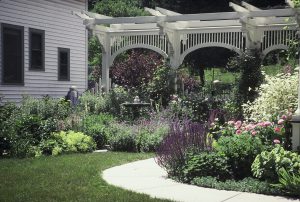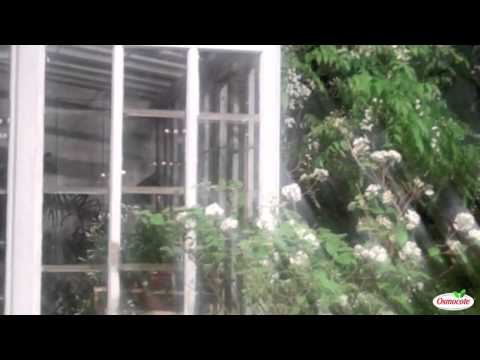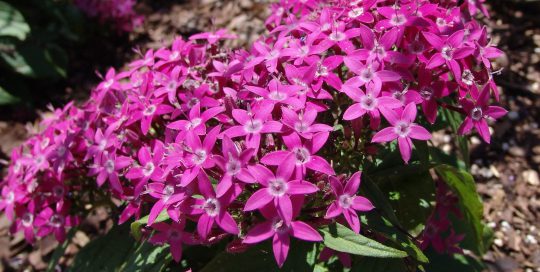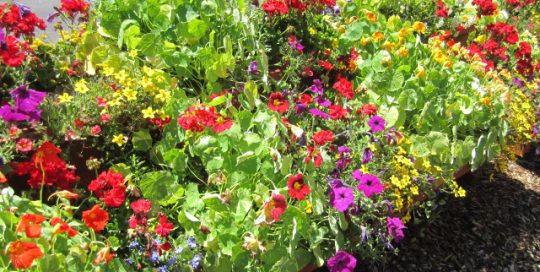What is a cottage garden and why should you grow one? My definition goes like this: a colorful, happy jumble of unrestrained flowers, herbs and vegetables. No empty spaces in the cottage garden. No lawn and no bare soil — the ground is covered with plants that weave their stems, leaves and flowers through those of their neighbors.
When I think of cottage gardens, I picture a spontaneous mix of old-fashioned perennials — sprawling mounds of catmint,lady’s mantle and poppies. There are informal wild sweeps of self-sown annuals.
I see intimate spaces closely connected to the house by flowering shrubs, perennials and vine-covered trellises.
The cottage garden is a marvelous mixture of texture, color and fragrance with flowers for cutting and herbs for cooking. And, it’s the most wonderful excuse to combine everything from peonies and chives to apple trees and roses.
Nasturtiums, lavender, foxgloves,lilies, carnations,peonies, snapdragons,pansies and cornflowersare just a few old-time favorite annuals and perennials that symbolize ‘cottage garden’ style. Many of these fascinating plants, along with sunflowers and alyssum, mingle in my sunny beds and borders, not far from Chicago.
The flowers attract a host of butterflies, native bees, bee-flies, hummingbirds and other nectar-seeking insects. Fragrant viburnum, roses and hydrangeas rub elbows with annuals, perennials and biennials, like hollyhocks.
Parsley, dill and bronze fennel grow in our herb garden, but elsewhere, I sow seeds of these plants to use as fillers between other plants and to attract black swallowtail butterflies.
A bonus — many of these plants offer foliage and flowers that create great bouquets. To brighten my day, I cut stems of cosmos, coneflower, and black-eyed Susans early in the morning and pop them into vases for the kitchen and dining room.
Designing the Cottage Garden
Popular in England for centuries, the cottage garden was a practical, no-nonsense space where medieval cottagers could grow medicinal herbs, vegetables like potatoes and lettuce, and edible flowers. Wealthy Victorians took up cottage garden style during the golden age of horticulture and made it popular.
The English cottage garden is a type of “organized chaos,” consisting of a tight formal structure (boxwood hedge or fence) with a loose, more informal interior. Stone, wood, gravel and recycled brick are often part of the design. Stepping stones, rustic arbors made with tree branches, and other sculptural elements are integral to cottage style.
The garden behind my grandparents’ home in Essex, England, was the epitome of an organized cottage garden. A stepping stone path led to the potting shed. Blue-flowered hydrangeas, roses, climbing vines, a small greenhouse and neat rows of vegetables and herbs flanked the path. Up front, they had a walled garden —no lawn— with an ornamental weeping tree and perennials.

Photo by Nina Koziol
Cottage gardens provide a wonderful opportunity to design a casual and cozy space. It can be an enclosed garden, a walled garden surrounded by small picket fence, a border around a patio or a porch—think intimate sunny spaces.
Although they are often characterized as easy care, spontaneous and low maintenance, cottage gardens can be a lot of work unless you plan carefully. A pleasant illusion is that the garden just happened and it embraces all that is “homey” and humble.
One way to reduce the maintenance is to create a cottage garden feel with your favorite sun-loving plants but plant them in groups, or repeat them through the border so that they get the same care all at once.








